Stable Diffusion has become a popular tool for creating AI-generated art, including NSFW content. Many users are eager to explore how to effectively use prompts to achieve the desired results.

Well-crafted NSFW prompts can unlock the full potential of Stable Diffusion, leading to stunning and inventive images.
The key to generating impressive NSFW art lies in understanding the nuances of prompt creation. With a variety of approaches available, users can customize their requests to produce unique outcomes.
This article will provide practical examples of effective prompts that can be used with this AI art generator to explore its capabilities while maintaining creativity.
By utilizing these prompt examples, creators can gain insights into how to refine their input and maximize the art produced by AI. Readers will discover strategies to enhance their artistic expressions, making the most of Stable Diffusion’s extensive features.
Understanding Stable Diffusion
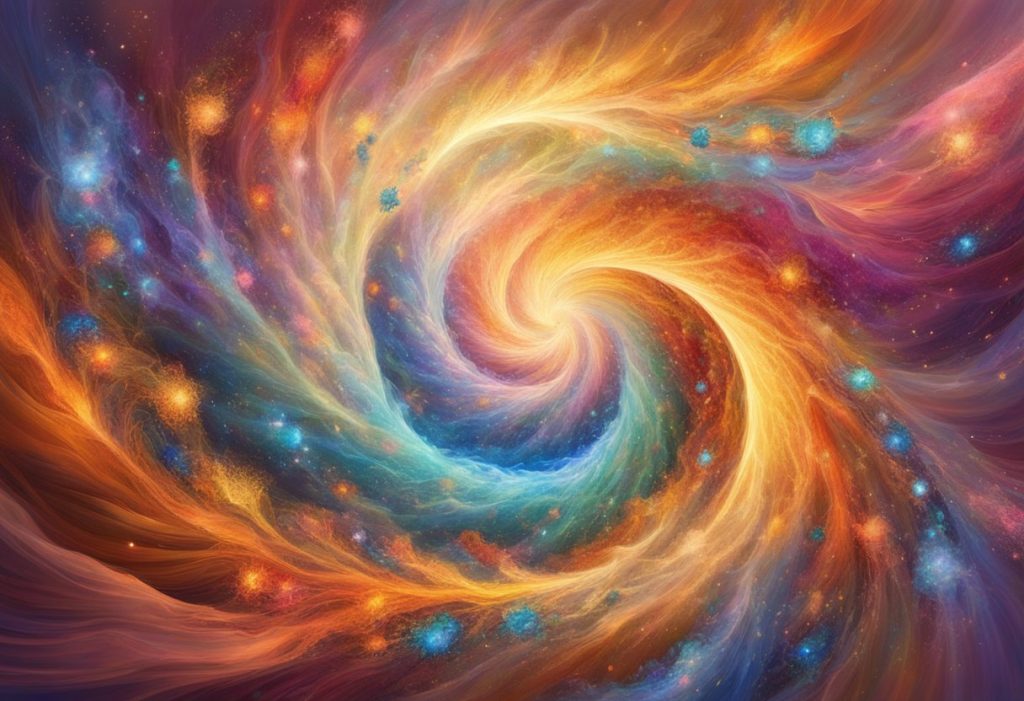
Stable Diffusion is a key model in AI image generation. It uses advanced algorithms to create vivid images from text descriptions. This section highlights the main aspects of Stable Diffusion, including its basics, the development of diffusion models, and its place in AI image generation.
The Basics of Stable Diffusion
Stable Diffusion operates as a latent diffusion model. It consists of an encoder, which compresses the data, and a decoder, which reconstructs images from the compressed information. This two-step process allows for efficient image creation while maintaining high quality.
The model learns from a large dataset of images and their corresponding text prompts. This training enables it to understand the relationships between visual elements and descriptive language.
By utilizing techniques like EMA (Exponential Moving Average), Stable Diffusion reduces noise and enhances image clarity.
Users can manipulate the outputs by providing specific prompts. Adjusting parameters like detail level and creativity can lead to varied results. The versatility of this model makes it popular among artists and developers alike.
Evolution of Diffusion Models
Diffusion models have evolved significantly since their inception. Initially, these models focused on generating images through random noise processes.
Over time, advancements in techniques and frameworks have improved the quality and coherence of the generated images.
The key innovation was the introduction of DPM++ 2M Karras, enhancing the sampling processes. This model generates images more effectively by focusing on significant patterns in the data.
The evolution highlights the shift toward more sophisticated approaches that balance performance and output fidelity.
Stable Diffusion and AI Image Generation
Stable Diffusion plays a vital role in the landscape of AI image generation. It combines high-quality outputs with user-friendly interfaces, attracting both amateurs and professionals.
Users benefit from the ability to generate detailed visuals based on simple text inputs.
The impact of this model extends beyond individual users. Developers incorporate it into various applications, from gaming to marketing.
Its flexibility allows for customization, catering to diverse needs in creative industries.
By leveraging powerful computing resources, Stable Diffusion transforms creative expression. Artists can quickly visualize concepts, leading to greater experimentation and innovation in digital art.
This model not only democratizes image creation but also pushes the boundaries of what is possible in AI.
Exploring NSFW Content Generation
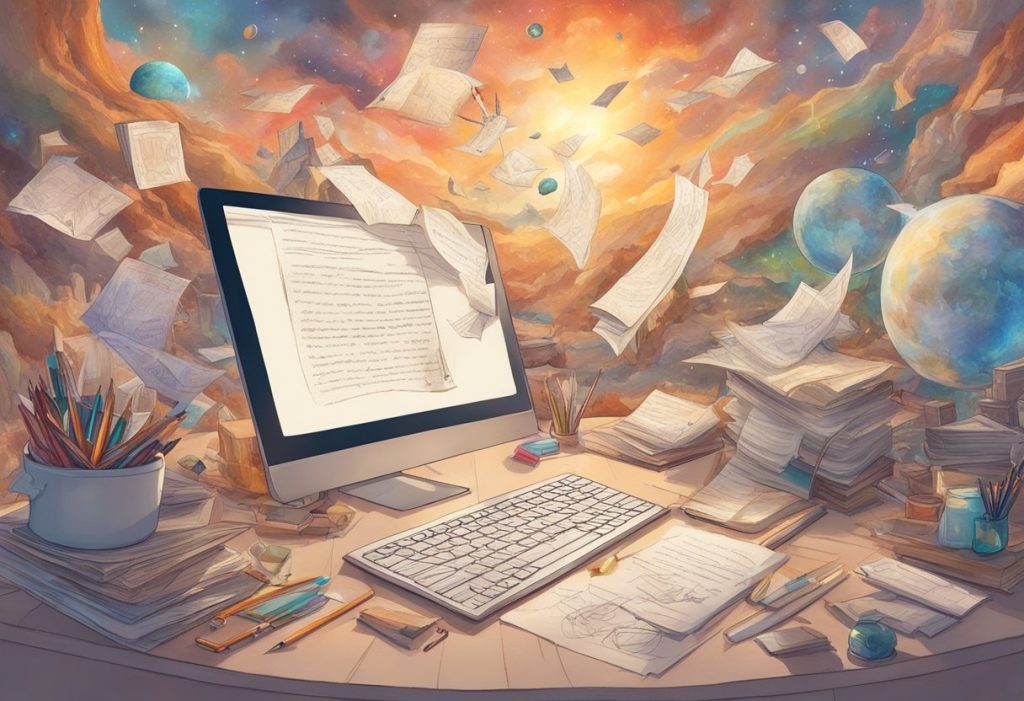
Generating NSFW content using AI involves understanding what qualifies as adult material, recognizing the challenges tied to its creation, and considering ethical implications. These aspects are crucial for anyone venturing into this space.
Defining NSFW in the Context of AI
NSFW, or Not Safe for Work, refers to content that is not appropriate for all audiences. In the context of AI, it typically includes explicit materials such as nudity, sexual situations, or graphic images.
AI models like Stable Diffusion can create these images by processing prompts that contain adult themes. Users often adjust model settings or bypass filters to generate more explicit content.
It’s important to note that NSFW images can vary significantly in quality, depending on how well the prompts are crafted.
Challenges with NSFW Content
Creating NSFW content comes with specific challenges. One major issue is the risk of producing images that do not meet the user’s expectations.
For instance, AI might focus more on facial features rather than the entire body, leading to unsatisfactory results.
Additionally, users may encounter difficulties bypassing filters that block NSFW prompts. These restrictions are in place to ensure safe usage, but they can frustrate users aiming to create adult content.
The distinction between artistic expression and explicitness must also be navigated carefully.
Ethical Considerations
The ethical implications of generating NSFW content cannot be overlooked. Artists and developers must consider the potential impact of explicit images on society.
Issues of consent, objectification, and the representation of individuals in adult scenarios are significant.
AI-generated adult content can blur the lines between artistry and exploitation. Therefore, creators need to think about the consequences of sharing their work.
Adhering to ethical standards and understanding societal views on NSFW content is essential for responsible creation and distribution.
Utilizing Stable Diffusion for NSFW Outputs

Stable Diffusion is a powerful tool for generating NSFW content when utilized correctly. Crafting quality prompts is essential for achieving desirable results while implementing effective filtering and moderation mechanisms can enhance user control.
Crafting Effective NSFW Prompts
Prompt crafting is crucial for generating NSFW images. Users should provide clear and specific descriptions to guide the model.
Using detailed visual elements helps the AI understand the intended output better.
For example, including style descriptors can refine the results. Terms like “realistic” or “cartoonish” specify the expected aesthetic.
Lists of positive and negative prompts can also improve outcomes. Positive prompts guide the AI toward desired features, while negative prompts can help avoid unwanted elements.
Experimentation with different styles and descriptors can lead to improved results in NSFW outputs. Users should not hesitate to adjust their prompts based on output quality.
Filtering and Moderation Mechanisms
Filtering mechanisms are essential for NSFW outputs to ensure safety and compliance. Many tools, including Stable Diffusion models, provide options to filter inappropriate content.
Users can employ settings that limit the generation of overly graphic or offensive material. This helps create a more controlled environment for content generation.
By using moderation tools, creators can adjust parameters based on personal or community standards. Implementing these systems is vital for maintaining ethical considerations in generated NSFW content.
Textual Prompts and NSFW Content
Utilizing textual prompts effectively facilitates the generation of NSFW images. Users can achieve more success by combining detailed descriptions with context.
Incorporating character behavior or environmental elements can also enrich the output.
For instance, instead of just “a woman,” a prompt like “a woman in a fantasy setting” adds depth.
Using NSFW models designed for adult content is also important. These specialized models have been trained with specific datasets, which can enhance the quality and appropriateness of outputs.
Balancing creativity with clarity in textual prompts can lead to improved results in generating NSFW content.
Tools and Platforms for NSFW Generation
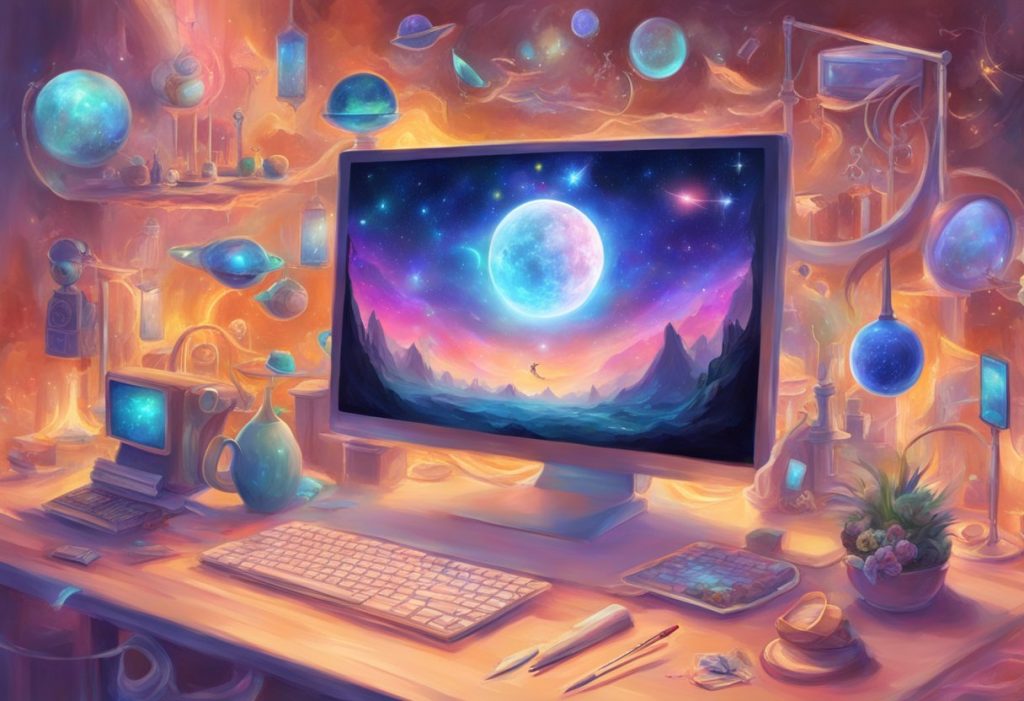
There are several tools and platforms available for generating NSFW content using Stable Diffusion. Each option comes with unique features, making it easier for users to create images tailored to their needs.
Google Colab and NSFW Content Production
Google Colab is a popular choice for generating NSFW images. It offers a free, cloud-based environment that allows users to run Python code without needing powerful local hardware.
Users can access various Stable Diffusion models directly from Colab notebooks.
For those looking to enhance their experience, Google Colab Pro offers increased resources and faster performance. This can be particularly helpful when generating complex images.
Users simply upload their prompts and settings to the notebook, and the model generates images based on the inputs.
Third-Party Tools like Automatic1111
Automatic1111 provides a user-friendly interface for Stable Diffusion. Known as WebUI, it allows users to navigate image generation easily.
This tool supports a variety of NSFW configurations, enabling users to produce high-quality images.
They can also load different models to experiment with styles and themes. Automatic1111 often receives updates, improving its functionality and user experience.
Civitai.com and Similar Platforms
Civitai.com is another platform focused on NSFW generation. It features a selection of pre-trained models, allowing users to choose from various styles.
The site’s user-friendly interface aids users in exploring different artistic directions for their images.
Additionally, Civitai.com offers community feedback on generated images. This interaction can help users refine their techniques and improve their skills.
Enhancing Visual Quality
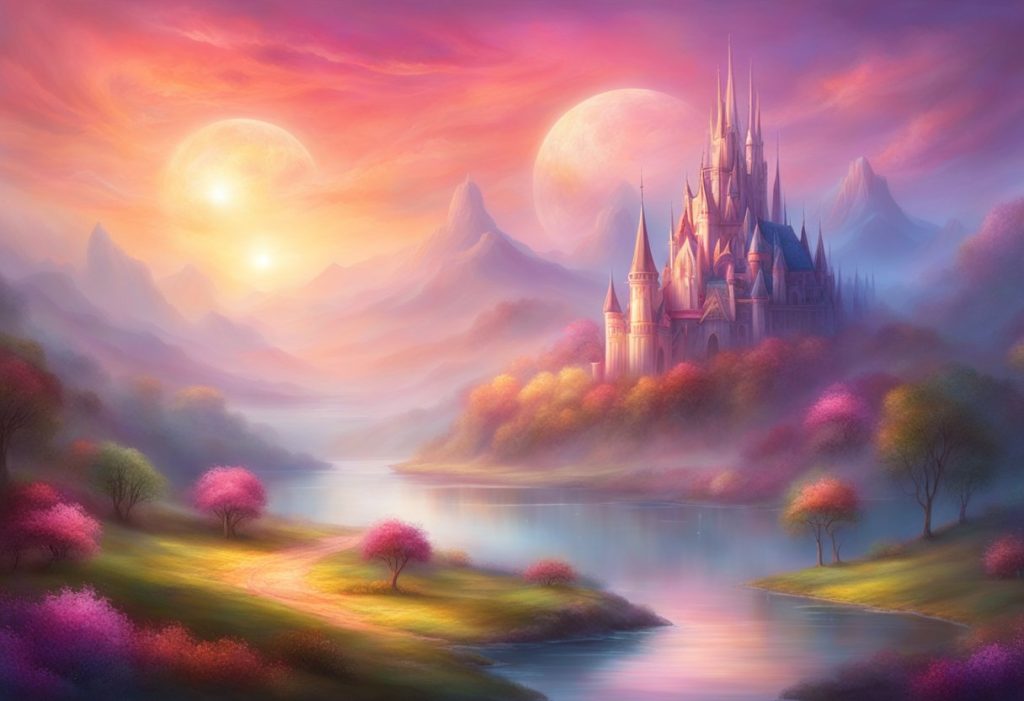
Improving the quality of NSFW images created using Stable Diffusion involves several key techniques. These techniques enhance not only the realism of the images but also their artistic qualities. Here are the specific aspects to focus on for achieving better visual results.
From Text to Photorealistic NSFW Images
Creating photorealistic images starts with well-crafted prompts. Specific and vivid descriptions can help guide the model in generating better quality visuals.
Using adjectives such as “detailed,” “realistic,” and “natural lighting” helps refine the images. Including specific elements like “studio lighting” or “soft shadows” can enhance depth.
Experimenting with different prompt structures may yield varying results, allowing for an exploration of styles.
Also, utilizing high-quality reference images can further assist the model in understanding the desired outcome. Careful attention to detail during the prompt writing phase is crucial for achieving lifelike results.
Artistic Expression Through NSFW Imagery
Artistic expression in NSFW imagery permits creators to explore diverse styles and themes. By incorporating unique artistic elements, users can create images that stand out.
This can include influences from different art styles, such as impressionism or surrealism. Mixing various genres can result in imaginative outputs.
Adding specific artistic techniques to the prompts, like “dynamic poses” or “vivid colors,” can enhance creativity.
Moreover, emphasizing aspects like “emotional expression” gives depth to characters in the imagery. This approach helps convey feelings and stories, elevating the artwork beyond mere visuals.
Achieving High-Quality NSFW Outputs
To achieve high-quality NSFW outputs, computational resources play an important role. High-end hardware can significantly improve rendering quality and speed.
Choosing the right Stable Diffusion model is equally vital. Different models offer unique strengths, so selecting one optimized for NSFW content is key.
Utilizing positive and negative prompts effectively can clarify desired features. For example, using “add detail” or “avoid blurriness” allows for fine-tuning.
Regularly updating the software also ensures that creators benefit from the latest improvements and features.
Stable Diffusion Customizations for NSFW

Customizing Stable Diffusion for NSFW content involves various techniques that enhance the quality and specificity of generated images. Understanding these customizations can lead to more successful outcomes for users.
The following sections will explore advanced prompt techniques, model variations, and optimizing computational resources for better performance.
Advanced Prompt Customization Techniques
Key prompt customization techniques help fine-tune image generation. A well-crafted prompt is crucial, as it guides the model towards desired outputs.
Users can leverage specific descriptors to enhance clarity. For instance, employing adjectives like realistic, detailed, and vivid can yield more lifelike results.
Additionally, using explicit language can signal specific attributes, like body types or scenes.
Incorporating context in prompts, such as lighting conditions or environmental features, also improves image context.
Experimenting with negation can help exclude unwanted elements. Users may want to generate NSFW art that avoids certain styles or components.
Trying different iterations of prompts often leads to discovering the most effective combinations for specific outputs.
Model Variations and Custom Workflows
Different models, like Stable Diffusion v1, can yield varying results for NSFW content. Users can explore model variations to find the best fit for their artistic vision.
Custom workflows often enhance productivity. For example, combining txt2img and img2img methods allows for initial image generation followed by refinement.
This combination can help produce images with unique details or modify existing compositions.
Creating a dedicated workflow, consisting of steps from image generation to post-processing, can streamline the creative process.
Many users find success by adapting their flow based on real-time feedback from generated images, allowing for continuous improvement.
Optimizing GPU and Computational Resources
Efficient GPU and computational resource management is key to successful image generation. Users aiming for high-resolution NSFW art benefit from optimizing their hardware setup.
Setting batch sizes appropriately ensures that the GPU runs efficiently without causing memory overload.
Additionally, allocating enough VRAM can prevent errors during extensive operations.
Utilizing cloud options, like Google Colab, can also help maximize computational capacity.
Subscriptions to services with enhanced GPU access allow for faster processing and more complex renders.
By balancing task loads and monitoring system performance, users can achieve smoother workflows and better-quality outputs without straining their resources.
Practical Considerations and Best Practices
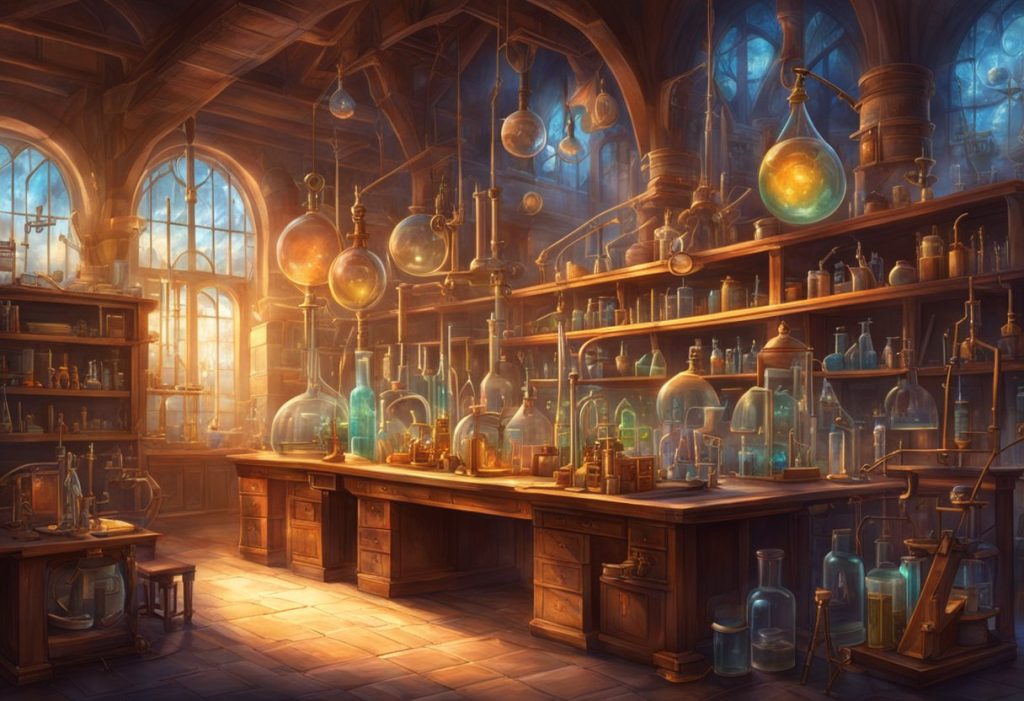
When creating NSFW images with Stable Diffusion, it is crucial to be mindful of common challenges that may arise. Understanding how to avoid issues and manage designs can enhance the quality of the output.
Specific strategies can help improve image integrity and ensure respectful use of created content.
Avoiding Common Pitfalls in NSFW Image Synthesis
Common pitfalls include poorly drawn figures and elements that are out of frame. To combat this, focus on using detailed and clear prompts.
Descriptive language can guide the AI in producing better outcomes.
Additionally, using established styles or referencing known artists may help the AI maintain consistency.
Users should also experiment with different models to find the one that best suits their needs. Adjustments to settings such as scale and seed values can further refine results.
Managing Canvas and Border Artifacts
Artifacts at the edges of images are a frequent concern. Users often find that generated images have unwanted borders or cut-off details. To minimize this, it is essential to set an appropriate canvas size that matches the intended output.
Make sure prompts specify complete scenes where all elements are included.
Regular visual checks during the generation process can catch issues early. Utilizing inpainting techniques can also help correct any artifacts that might appear, ensuring that the final image appears polished.
Incorporating Watermarks and Usage Rights
Incorporating watermarks is vital for protecting NSFW content.
Creators should create watermarks that are subtle yet recognizable. This helps deter unauthorized use.
Understanding usage rights is equally important.
Creators must comply with platform policies regarding adult content.
When sharing generated images, taking steps to limit access to minors is crucial.
Creators should also maintain clear records of the models used and their associated rights. This ensures proper adherence to usage guidelines.


